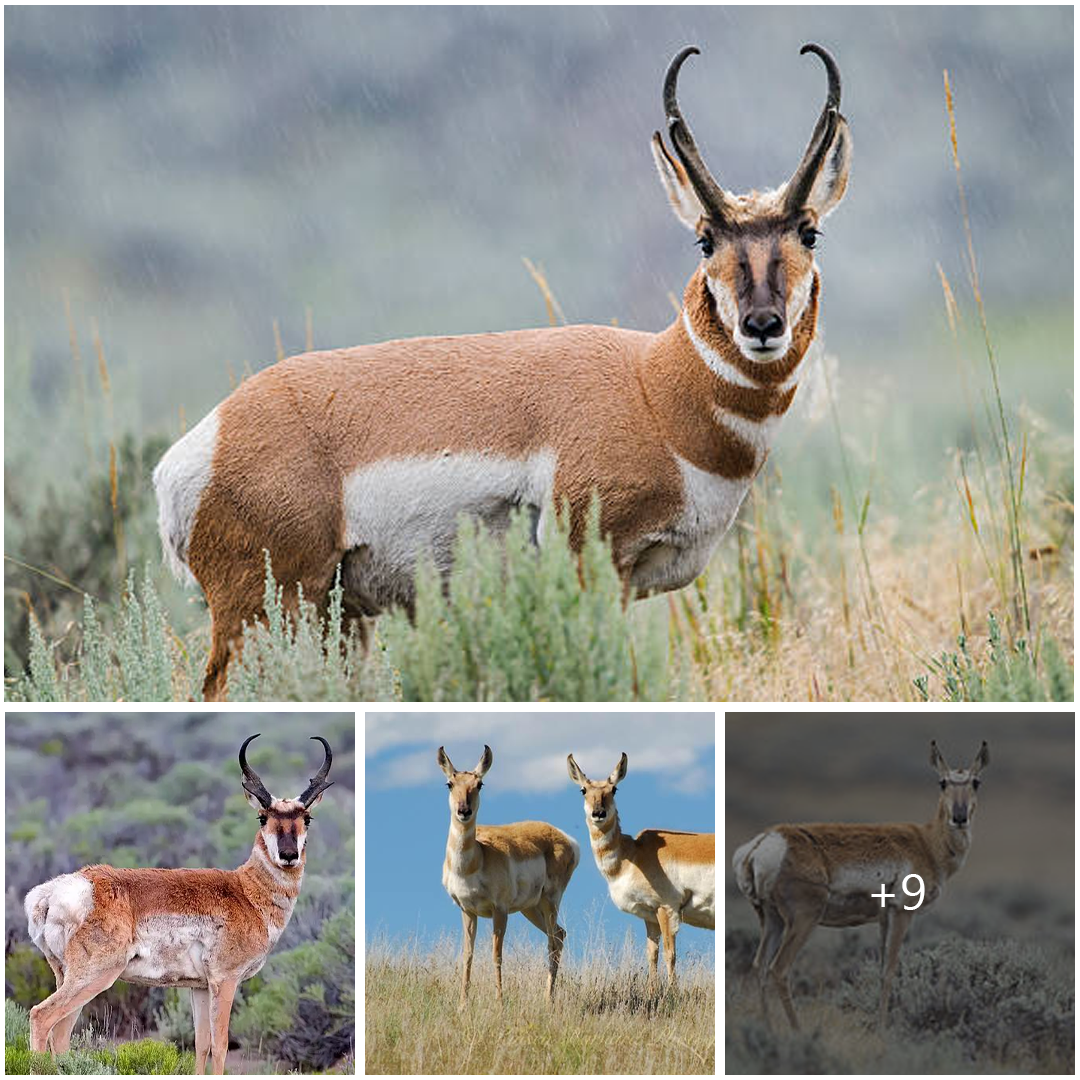
Exploring the Elegance of the Gerenuk: The Graceful Giraffe Gazelle
The Gerenuk (Litocranius walleri), also known as the “giraffe gazelle” or “giraffe-necked antelope,” is a remarkable species native to the dry savannas and scrublands of East Africa. Renowned for its unique appearance and graceful demeanor, the Gerenuk captivates observers with its elongated neck and slender legs, making it a truly remarkable sight in its natural habitat.
Physical Characteristics:
The Gerenuk is easily distinguished by its elongated neck, which it uses to reach high branches and foliage that other antelopes cannot access. This adaptation allows the Gerenuk to feed on leaves, shoots, and buds from trees and bushes, supplementing its diet with nutritious browse not readily available to other herbivores.
Apart from its distinctive neck, the Gerenuk also possesses large, forward-facing eyes and long, slender legs, which contribute to its agile and nimble movements in its arid environment. Its coat is typically a reddish-brown color, blending seamlessly with the dry grasses and shrubs of its habitat.
Habitat and Distribution:
Gerenuks are found primarily in the arid and semi-arid regions of East Africa, including parts of Kenya, Tanzania, Ethiopia, and Somalia. They inhabit a variety of habitats, ranging from dry thornbush savannas to acacia woodlands and rocky hillsides, where they can find suitable food sources and shelter from predators.
Despite their relatively limited distribution, Gerenuks are well-adapted to survive in harsh and challenging environments, relying on their browsing behavior and efficient water conservation strategies to thrive in areas with limited food and water resources.
Behavior and Diet:
Gerenuks are predominantly browsers, meaning they primarily feed on leaves, shoots, and twigs from trees and shrubs. Their long necks and specialized molars allow them to strip leaves from branches and strip bark from trees, accessing otherwise inaccessible food sources high above the ground.
Unlike many other antelope species, Gerenuks are often solitary or form small, loose-knit groups of up to six individuals. They are most active during the early morning and late afternoon hours, seeking shade and rest during the hottest parts of the day to conserve energy and avoid overheating.
Conservation Status:
Although Gerenuks are not currently considered threatened or endangered, they face several conservation challenges, including habitat loss and fragmentation due to human encroachment, livestock grazing, and agricultural expansion. Additionally, they are susceptible to predation by large carnivores such as lions, leopards, and hyenas.
Conservation efforts focused on protecting and restoring their natural habitat, mitigating human-wildlife conflicts, and promoting sustainable land management practices are essential for ensuring the long-term survival of this unique and iconic species in the wild.
Conclusion:
With its elongated neck, slender legs, and graceful demeanor, the Gerenuk stands out as one of the most elegant and charismatic antelope species in Africa. By understanding and appreciating the ecological role and conservation needs of the Gerenuk, we can work together to safeguard its future and ensure that future generations will continue to marvel at its beauty and adaptability in the wild.





